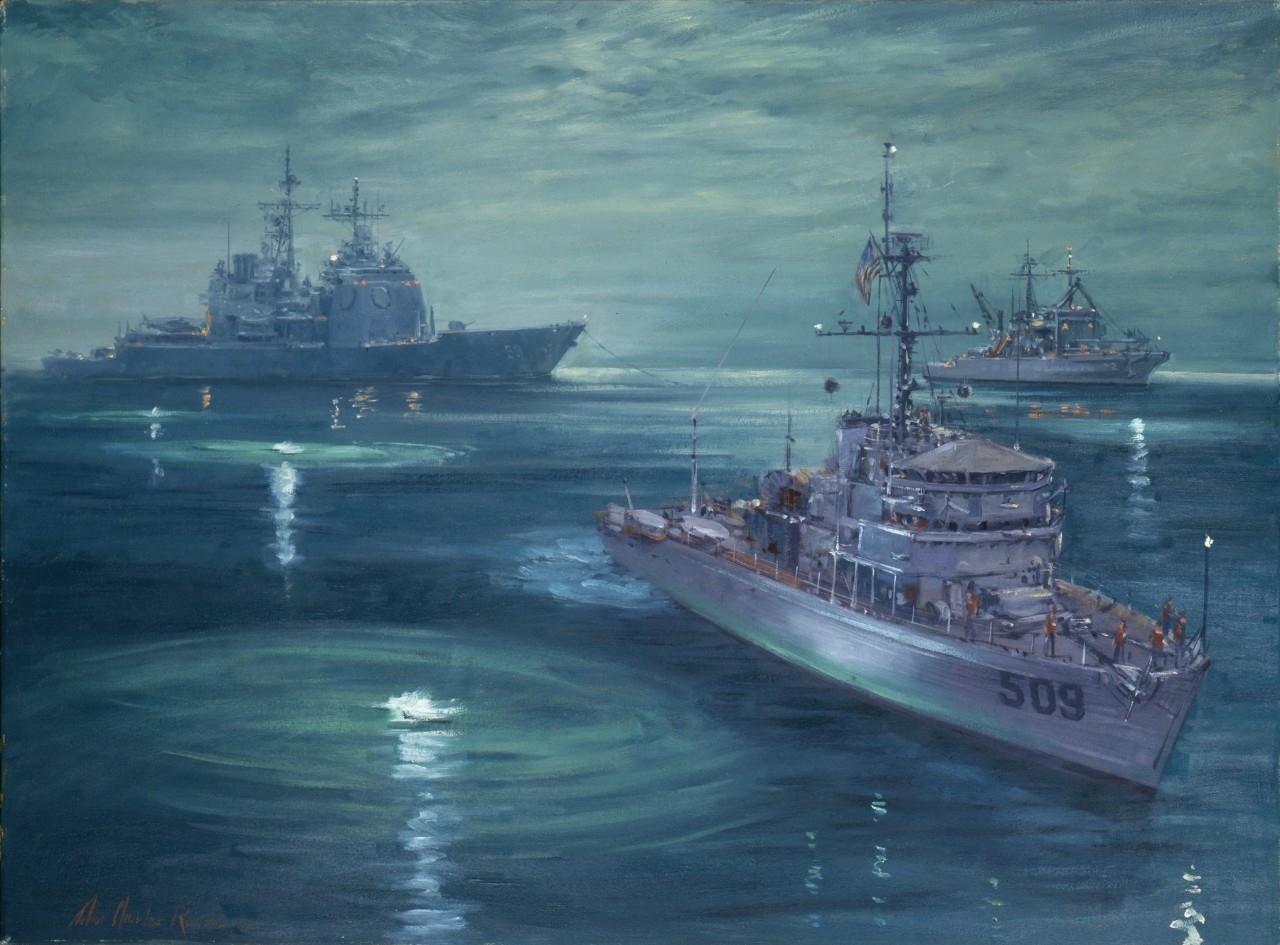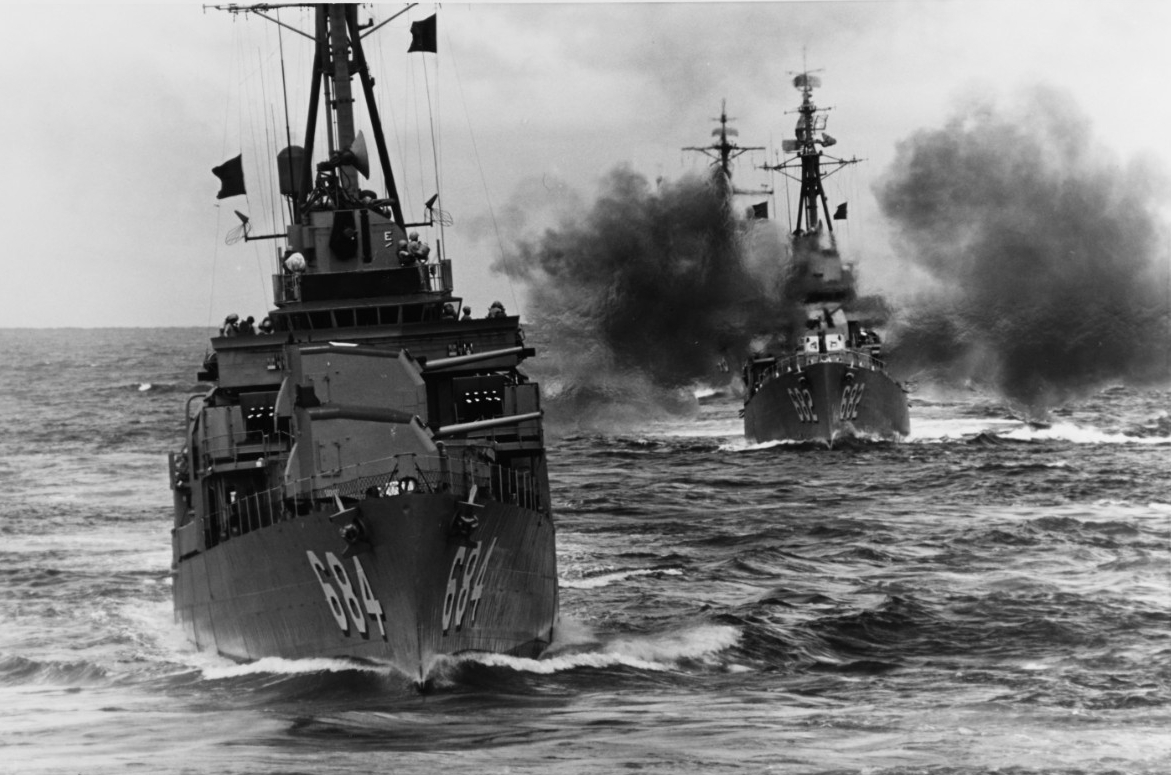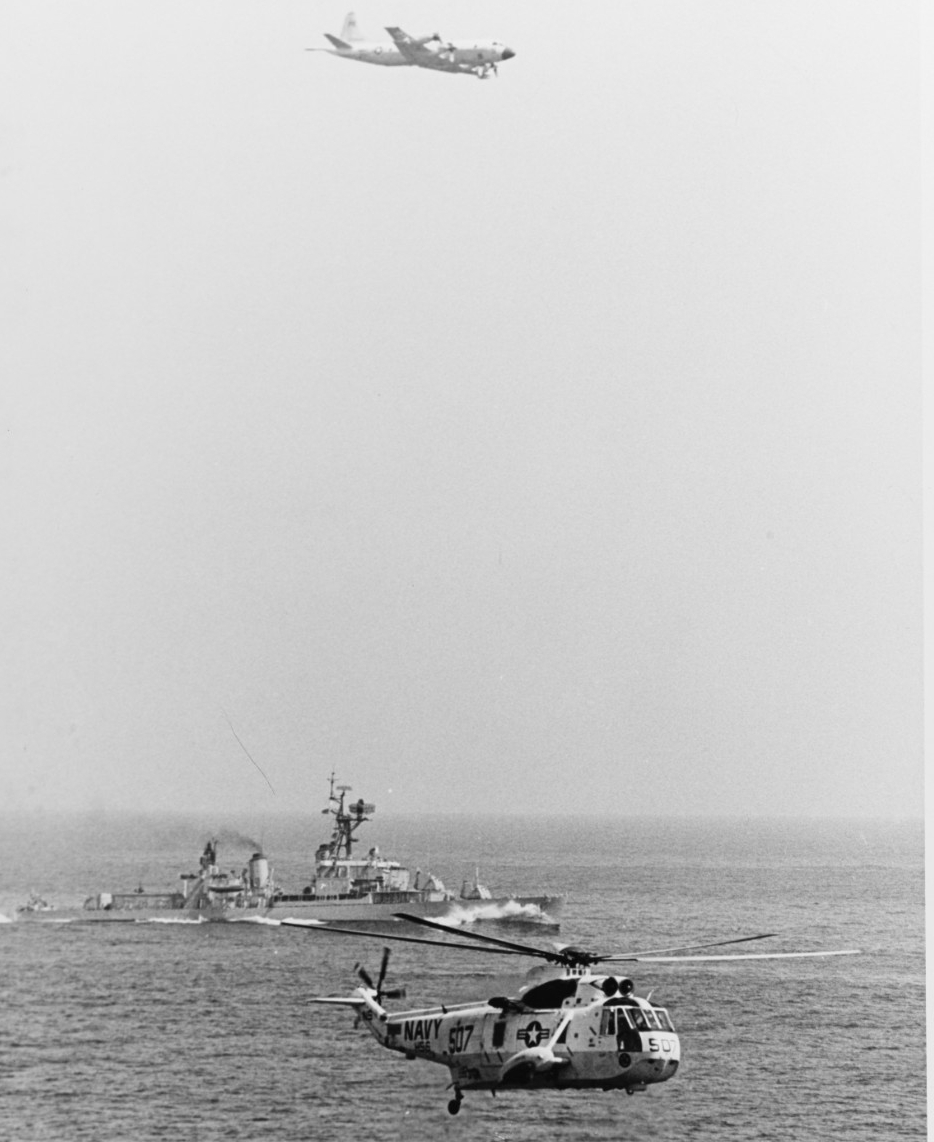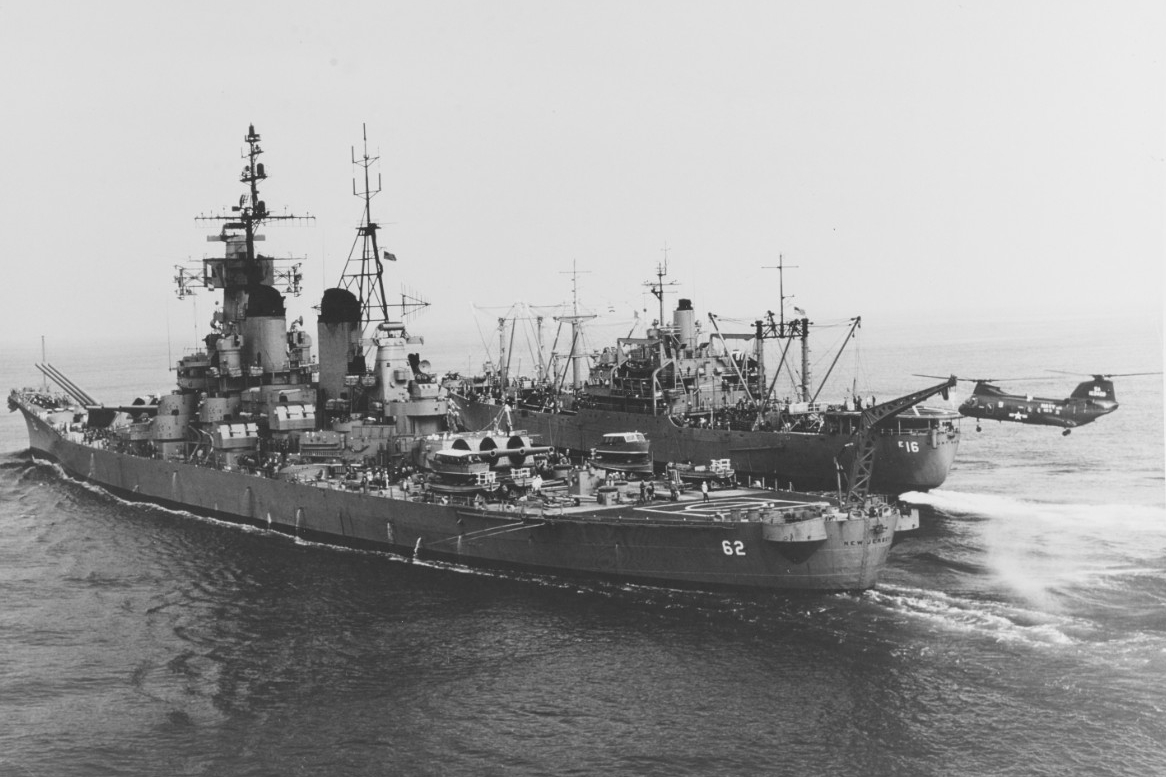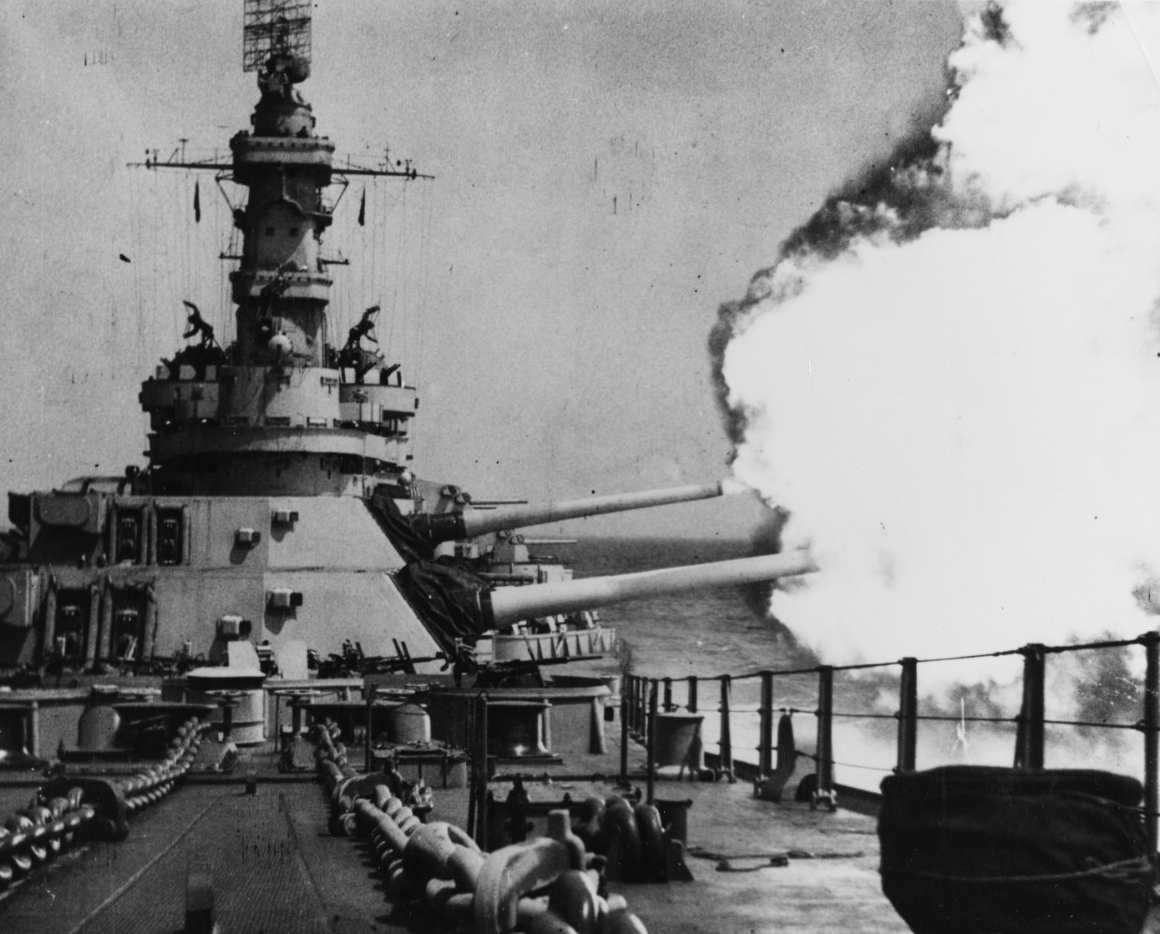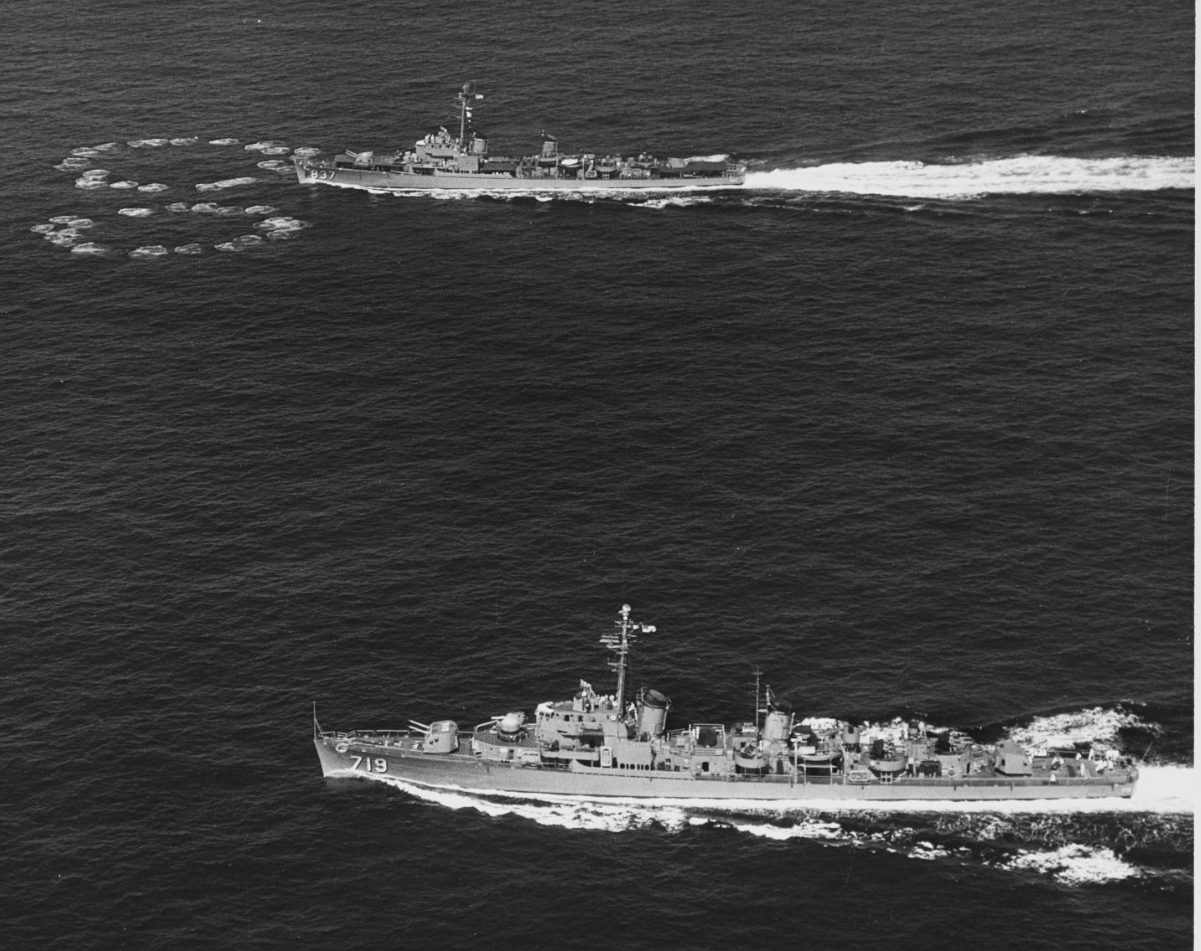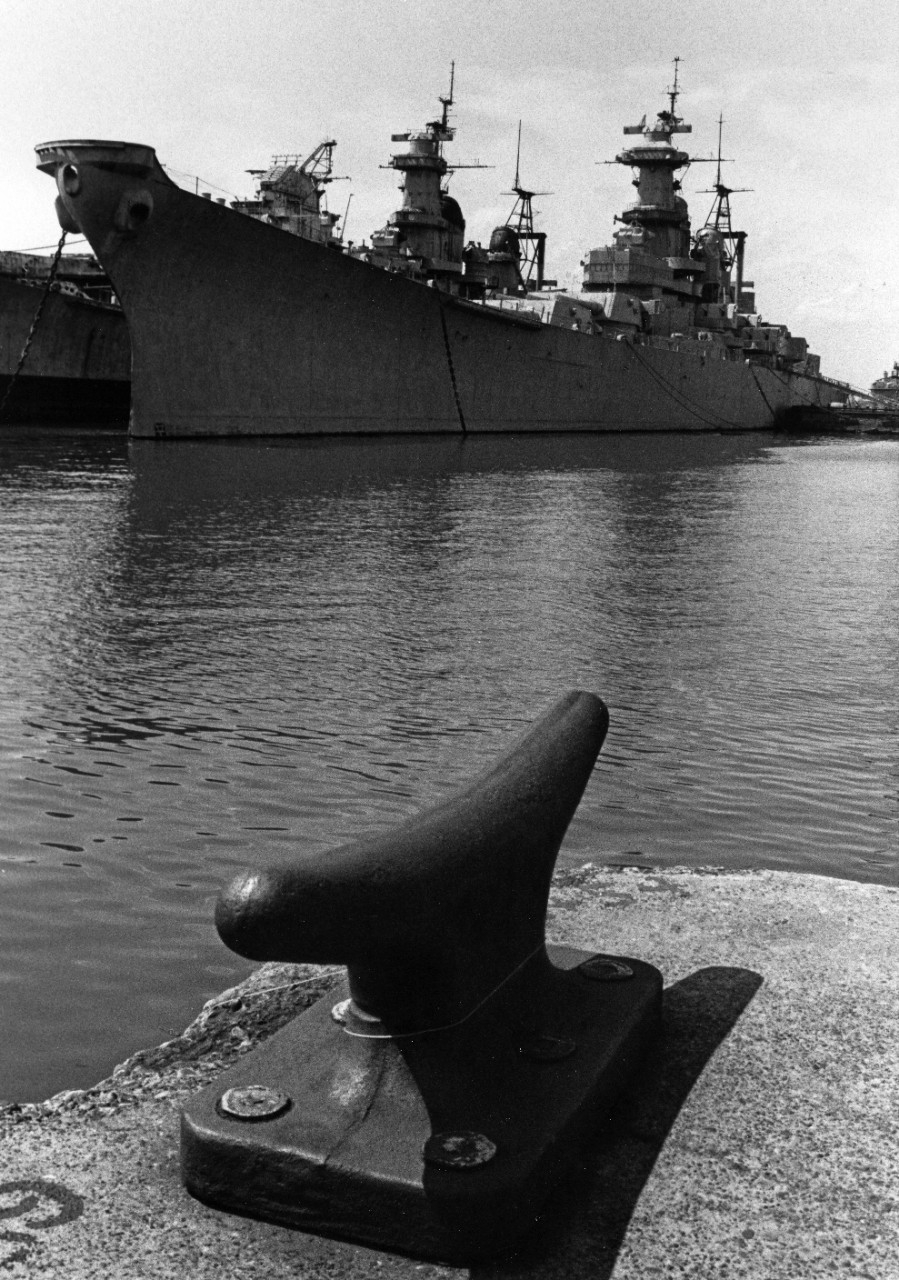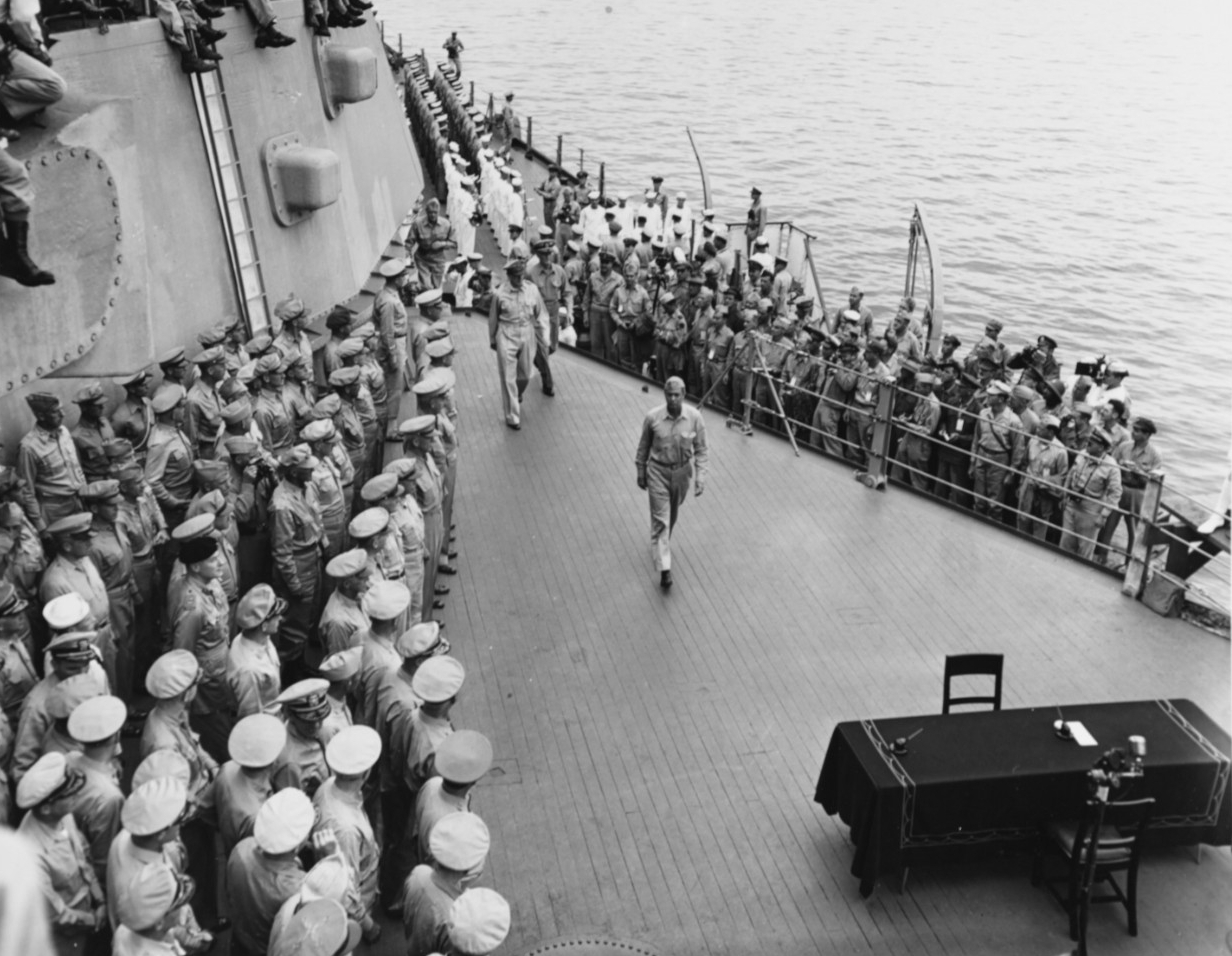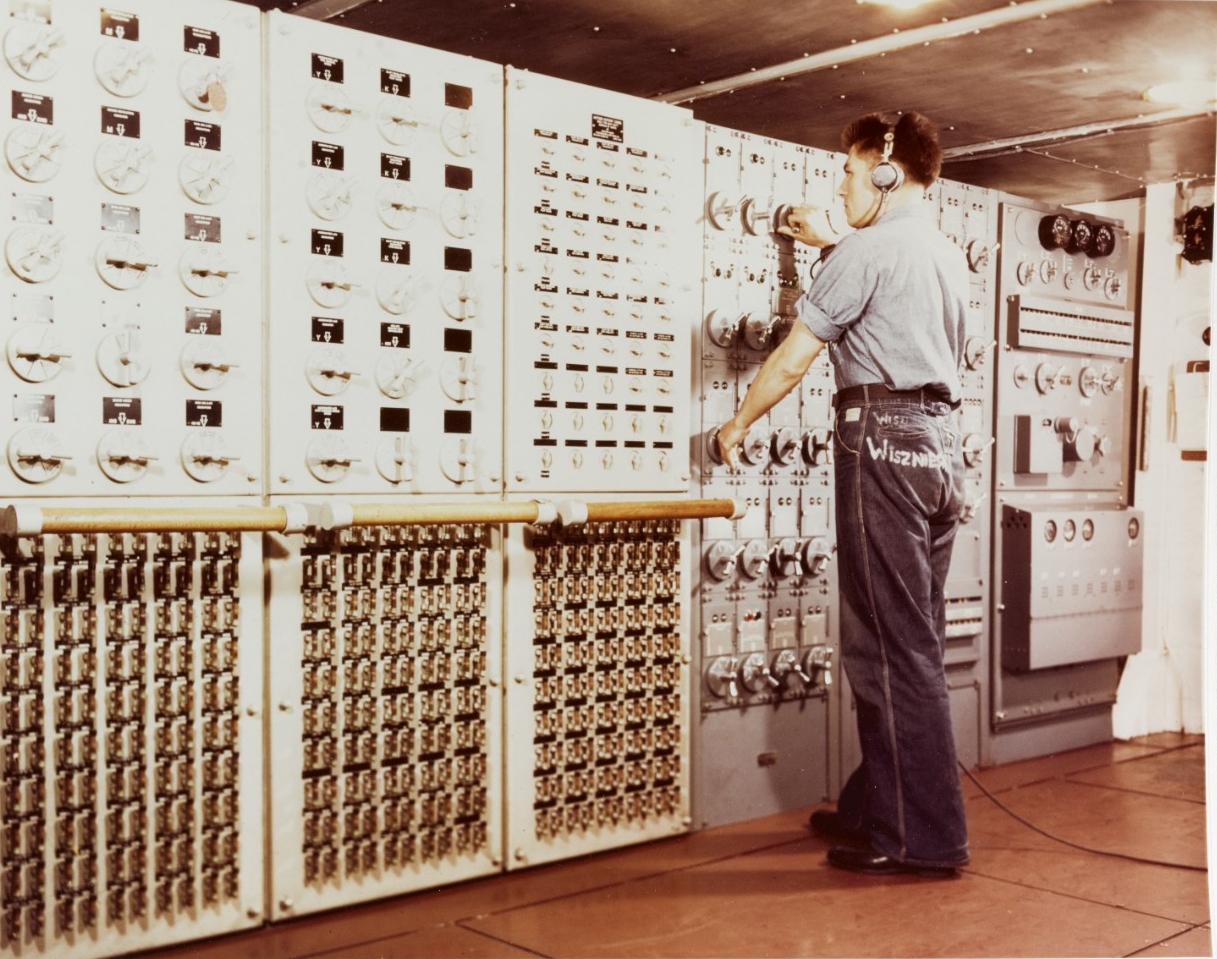Modern Surface Warfare
In the early days of the Surface Navy, wooden frigates, propelled by sails, would fire cannon balls at enemy ships in an attempt to either sink or capture the ships on the open seas. The rise of the “New Navy” gave birth to world-wide missions such as the Great White Fleet, convoy operations of World War I, the great carrier battles of World War II, large amphibious landings in Korea, and the United States ability to engage in two simultaneous wars along separate fronts. Advancements in propulsion and weaponry have increased the capabilities of today’s Navy into a force that protects American interests globally. Modern surface warfare conducts a wide variety of missions—from multiple ship classes—including aviation, damage control, and seamanship. More advanced missions include anti-air warfare; amphibious warfare; ballistic-missile defense; visit, board, search and seizure (VBSS); mine warfare; and anti-submarine warfare.
This page highlights Navy vessels that are equipped with modern propulsion systems such as fuel, nuclear or electric.
*****
Navy Surface Vessels
Cruisers
- Cruisers
- Evolution of the Cruiser infographic
- Battlecruisers in the United States and the United Kingdom 1902–1922
Destroyers
- U.S. Navy Fact File: Destroyers—DDG
- Destroyer Report—Gunfire, Bomb and Kamikaze Damage
- Destroyer Report—Torpedo and Mine Damage and Loss in Action
- Evolution of the Destroyer infographic
Battleships
Amphibious Assault
Amphibious Transport Dock
Amphibious Command
Littoral Combat Ships
Mine Countermeasure Ships
- U.S. Navy Fact File: Mine Countermeasures Ships—MCM
- U.S. Navy Mine Countermeasures in Terror and War
Patrol Coastal Ships
- U.S. Navy Fact File: Patrol Coastal Ships—PC
- “Skill in the Surf”: A Landing Boat Manual
- “Combat at Close Quarters”
Aircraft Carriers
Additional Resources
Selected Imagery
A P-3 Orion anti-submarine warfare plane, USS Buck (DD-761), and a SH-3 Sea King anti-submarine warfare helicopter participated in an anti-submarine warfare demonstration for the 40th Joint Civilian Orientation Conference off the California coast, 20 April 1970. This conference was held to provide an opportunity for selected civilian leaders, from all walks of life, to visit major military installations (USN 1144053).

